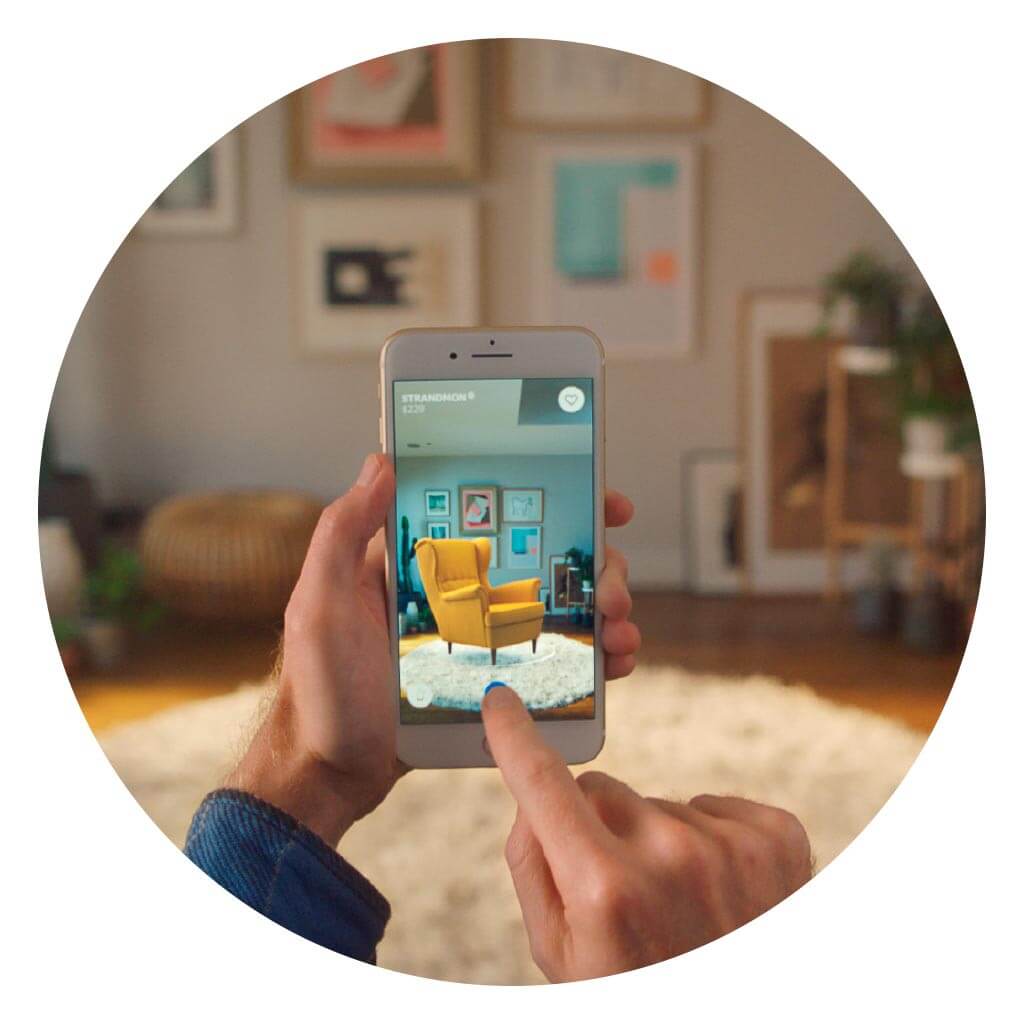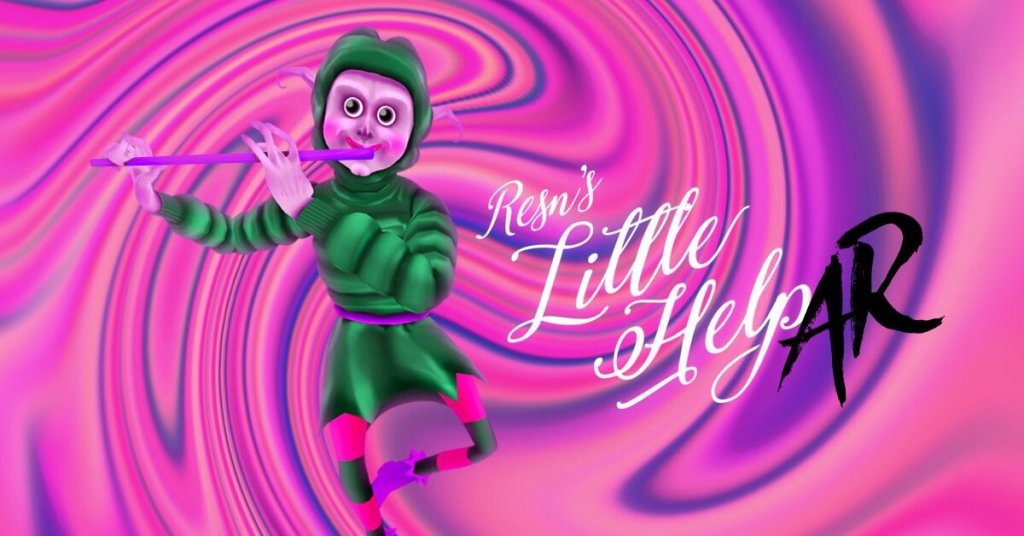Augmented reality has been picked up, played with, dropped and picked up again. Each time it comes back looking a bit slicker, promising that this time, it will stick. Is AR any closer to finding its place?
In a recent Share the Joi session — when we edge away from our desks, order in pizza and share the things that make us smile (and frown) — we focussed on AR. We demoed platforms and apps that are leading AR beyond novelty, towards useful and usable digital experiences, and we aired our frustrations with the limitations that still exist.
Here’s a few examples that we looked at, with the pros and cons:
Barriers to engagement?
The IKEA Place app has got purpose and usefulness nailed down, just as Pokemon GO gives us a convincing reason to return. Both offer longevity and ongoing value to the user, in the form of either usefulness (depending how often you buy furniture, of course) or entertainment. For both though, you need an app. Is this off putting? Can people be bothered?

Incidentally, research that influenced our work on Channel 4’s The Circle (platform and app) indicated that people will download an app if the subject matter interests them and indeed, they expect to do so.
For the purpose of this blog, let’s assume not everyone is so keen.
Resn’s Little HelpAR tackles this head on, delivering an AR experience for the web, which can be accessed through browsers on mobile phones and tablets. Ultimately though, it is a game and a festive one at that. As a piece of marketing, to show what can be done with AR and to get the conversation going, we think it’s great. Will we be going home and visiting Little HelpAR again? Probably not. Are we excited to see other developers experimenting with AR for the web? Absolutely.

Creating purpose
In seeking out ‘usefulness’, we saw two great examples. Pixelcase’s AR portals are immersive, impressive and it’s easy to see what value they add to location-based marketing campaigns. augment.tv uses AR to help users understand what they are watching on TV, in a very attractive and visually engaging way.
Whilst useful, we had questions about what is asked of the user. In the latter example, users are required to watch their TV screen through a smartphone or tablet. Will this get annoying / tiring? Smart glasses will solve this problem but in the meantime, we think there are still a few usability issues.
The BBC’s Civilisations AR supplements its BBC Two series, Civilisations, and whilst the restrictions of the technology soon reveal themselves, we had fun playing around with it. Designed to make the art and culture of the UK more accessible, it meets the brief. It’s simple and fun and allows you to look at 3D models of over 40 historical artefacts. You can zoom in and out, ‘walk around’ the items and shine a torch on them. Just don’t wave your hand in front of the object because Civilisations AR doesn’t support occlusion.
6D.AI on the other hand is a really smart platform, offering ‘depth, occlusion and physics’. The demo video shows virtual objects responding to the real environment; disappearing behind tables and around corners, addressing the restrictions that limit the effectiveness of Civilisations AR.
What to do with all this Joi?
With bellies full of pizza and heads full of AR, there’s only one thing to do following our Share the Joi session: a hackathon.
Over two days later this month, we’ll be thinking about two things: AR and museums. How can augmented reality be used to provide solutions to the museum sector’s biggest and most restrictive problems?
Our work with the country’s leading museums has exposed us to the many challenges faced in curating, presenting, archiving and storing historic and modern day artefacts.
Our museums deserve better solutions, and we intend to find them.
Watch this space.